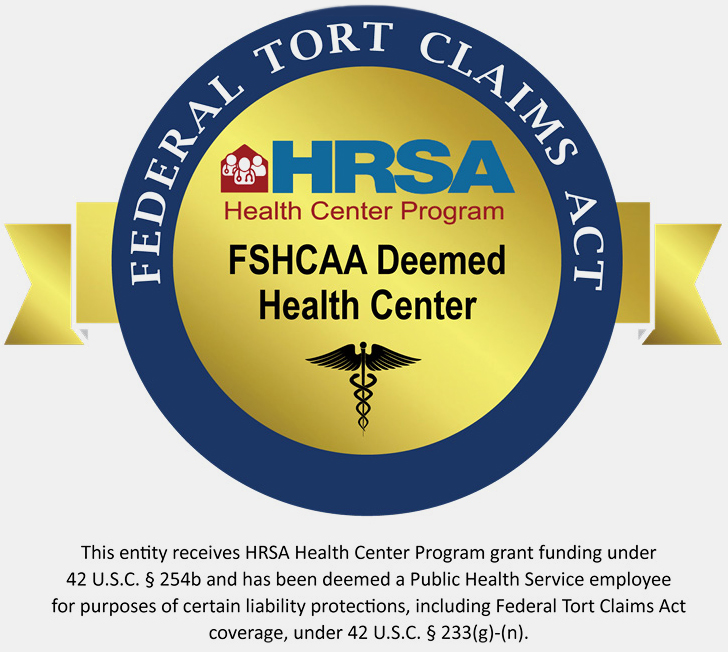
More than 14,000 women in the United States are diagnosed with invasive cervical cancer each year, but the disease is preventable with vaccination and appropriate screening. Women aged 21 – 64 should have a Pap every 3-5 years based on their risk factors to prevent cervical cancer. Call KCHC at 262-656-0044 to schedule a Pap test today!
QUESTIONS AND ANSWERS ABOUT HPV
From the American Sexual Health Association.
FACTS ABOUT HPV
Latinas have the highest rates of cervical cancer of all groups of women in the US. This fotonovela shares the facts about HPV and cervical cancer prevention, from HPV testing to vaccines, through the story of two friends, Sara and Lucia.
Elle Smith, the newly crowned Miss USA, is using her reign to promote cervical cancer awareness!
Do not wait to schedule your appointment.
Kenosha Community Health Center has many appointment options in Kenosha and Silver Lake to meet your needs.
Schedule An Appointment







